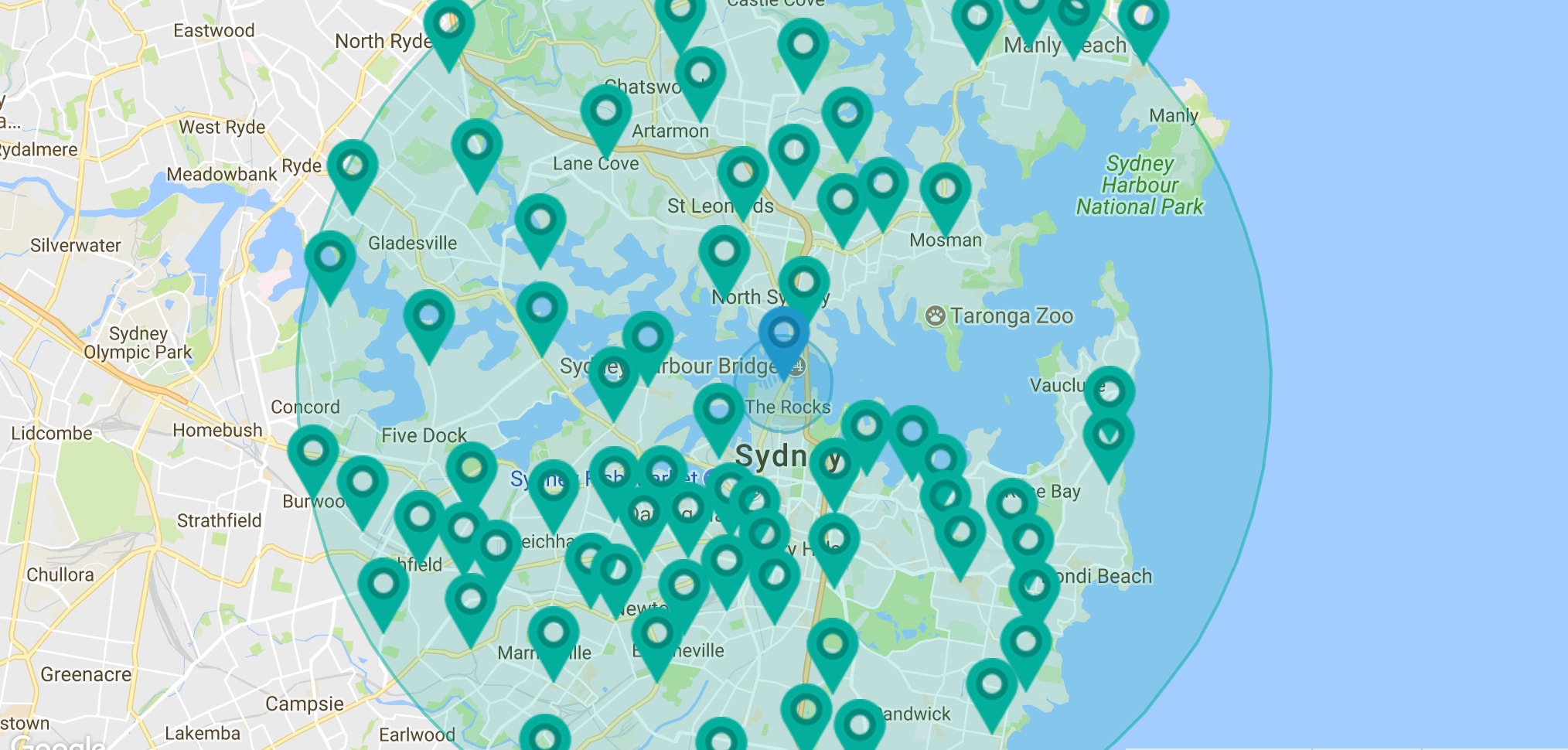Deciding upon a location is a crucial first step when it comes to opening your own practice. This decision is so important, it can affect whether your business is a success or not.
When weighing your options there is so much to consider; Should you lease, buy or build a bespoke facility? Should you set up on a busy main road, in the suburbs or in downtown CBD? Where will patients park? Where will doctors and staff park? Does it have disabled parking? Is there easy access to public transport?
The list of questions goes on, so here are a few suggestions that might be helpful to you in selecting a strategically advantageous location.
Aim to generate income from tenants to mitigate your own property costs.
Other than wages, property costs tend to be the most significant impost on your P&L, therefore any opportunity to turn this in your favour should be seized upon. For GP’s this will usually include Pathology, Allied Health Practitioners and Pharmacy. When looking over buildings keep this in mind and think about future opportunities with any other services or stores that patients might need after visiting your GP.
Favour ‘high foot traffic’ locations
When starting any new business, you will want to maximise your visibility to customers. For medical practices, as with retailers, your physical location can be a key determinant of your visibility. The benefit of being located in a busy pedestrian area is the speed at which you can generate a critical mass of patients at first and the ongoing feed of patients over time. Favour areas that are seen by passersby, as this could reduce your cost of marketing for awareness.
Err on the side of large
There is nothing worse that having your success capped by the physical size of your premises so where possible err on the side of going larger and then work hard to optimize this capacity. Spare rooms can always be used for other purposes or leased to other allied practitioners. Medical practices have a number of fixed costs and the economies of scale benefits from the addition of each practitioner are significant. Therefore it usually follows that larger practices become more efficient and far more profitable.
Prioritise Abundant Parking
None of us enjoy navigating the challenges of parking shortages, least of all patients who are often not in the best frame of mind when coming to visit you. A lack of easy parking for your practitioners can be a serious deterrent and hamper your recruitment efforts significantly. If you are not able to secure a building with significant parking, you may need to invest in leasing some permanent parking bays off site to keep your staff happy.
Research Competitors and Demand
Even if you found the perfect location, it’s going to be no good to you if there are scores of clinics in the area and insufficient patient demand. How many other practices exist in the same area? What kind of medical services do they provide? Is the population dense enough for another clinic?
Study Your Area Demographics
The demographics around the area of your chosen location may have a hand in dictating the kind of services that will be needed at your practice. If you choose an area that has a high percentage of families, you will need GP’s who are great at working with kids. If you choose an area with a lower-socioeconomic population, they will most likely look for clinics that do bulk billing and extended practice hours. If you position yourself in a higher earning neighbourhood, you may be expected to deliver a more high tier service with less patients and more luxurious waiting rooms to keep your patients coming back. This will all affect your business in the long run, so choose carefully and align your location to your values and vision.
All of these factors should weigh in on your decision, and it may take weeks or even months before you find the perfect location. Once you do, it’s time to start thinking about your revenue model.

